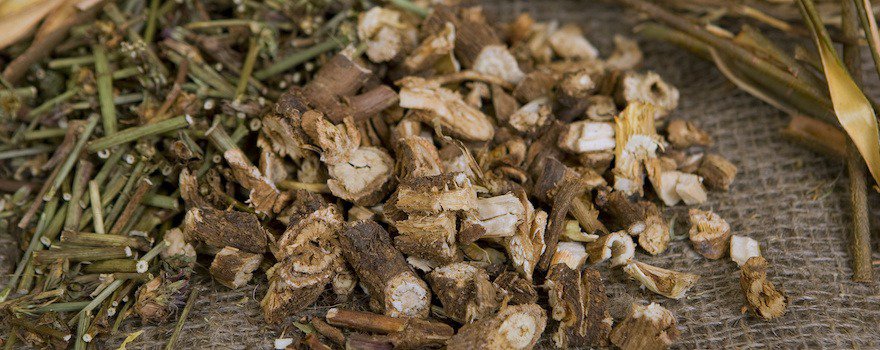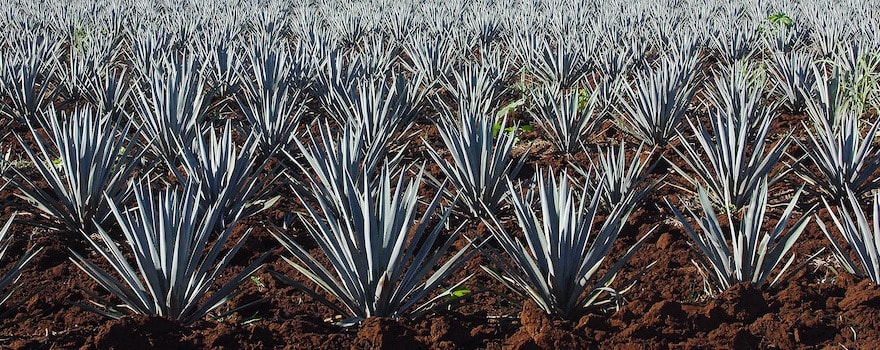What is inulin?
Inulin is naturally found in bananas, garlic, leeks, Jerusalem artichoke, salsify, onions, asparagus, artichoke and chicory.
Some cereal products such as wheat and rye also contain it.
Inulin refers to a mixture called polysaccharides, composed of molecules of several sugars: fructose and glucose.
It serves as a sugar reserve for the plants that contain it, and its characteristic is its sweet taste.
Inulin is both a dietary fiber (it resists the action of digestive enzymes), and at the same time a prebiotic, which serves as food for our intestinal flora.
It therefore reaches the colon largely intact, where it can play beneficial roles for health.
What are its benefits?
Preservation of the gut microbiota
The gut microbiota is the collection of microorganisms (bacteria or yeasts) that coexist in our intestines.
It constitutes a full-fledged organ that plays an essential role in the protection against certain diseases.
These include obesity, diabetes, inflammatory bowel diseases, and even behavioral disorders.
Inulin increases the number of good bacteria in the gut, including bifidobacteria and lactobacilli, by stimulating their growth.
That is why inulin is described as a prebiotic.
This study shows that a diet rich in inulin induces a beneficial modification in the composition of the gut microbiota.
The good health of our intestinal flora is also directly linked to our immunity.
The intake of prebiotic fibers such as inulin improves the defense of the immune system and resistance to infections, as shown by this study.
Reduced risk of allergies
Bacterial diversity in the intestine plays an essential role in the development of allergic diseases, such as allergic rhinitis or eczema.
This trial proved that a fiber supplement added to infant foods could prevent eczema.
This other study followed children during their first two years of life.
She concluded that those who received a prebiotic supplement were less likely to experience allergic symptoms (respiratory difficulties, hives, atopic dermatitis), compared with unsupplemented children.
Helps with weight loss
Consuming inulin-rich vegetables for two weeks reduced the desire to eat fatty, sweet, and salty foods, and increased feelings of satiety with a reduced appetite, as shown by this protocol.
The results persist for 3 weeks after stopping inulin intake.
Furthermore, in that same study, the researchers also observed a decrease in food cravings.
Prebiotic fibers provide essential support in the treatment of eating disorders influenced by emotional behaviors (stress, mood).
This trial, conducted over 3 months in 150 obese patients, shows that an inulin-enriched diet promotes weight loss.
Indeed, it was observed in different studies that certain compounds, called hippurates, had a beneficial effect on weight and the gut microbiota.
Obese or diabetic individuals have below-average concentrations of these compounds, and this study shows that prebiotics such as inulin increase their synthesis.
Better digestive health

Dietary fibers such as inulin impact digestive health by enriching the gut microbiota.
This study shows that an increase in lactobacilli allows better lactose digestion in lactose-intolerant individuals and soothes the symptoms of irritable bowel syndrome.
Furthermore, taking inulin for 4 weeks reduces intestinal gas retention and relieves gastrointestinal symptoms (bloating, discomfort, and abdominal pain), as shown by this trial.
Finally, like all fibers, inulin also contributes to the reduction of bowel transit disorders, notably constipation, as shown by this study.
Thus, taking inulin for 19 days showed a significant laxative effect.
Which form of inulin should you choose ?
Powdered
Powders are preparations made up of dry, solid particles. These powders can contain inulin alone or combined with other active ingredients.
The powder form allows for a substantial dose of inulin per serving. It also has the advantage of being absorbed more quickly than tablets or capsules.
However, the taste is harder to mask, and it is important to mix the powder well in water.
Inulin powder can be added to a yogurt, a smoothie, a drink, or to pastry preparations to increase fiber content.
Granules to dissolve
Granules are preparations packaged in sachets and made up of solid, dry grains, forming aggregates of powder particles.
The associated particles help thicken the granules, give them a more pleasant taste, and increase the rate of absorption.
The advantage of granules is their faster action, because the bioavailability of inulin is improved. Indeed, the active compound is already dissolved, making swallowing easier.
Granules are more difficult to store; I recommend keeping them in a dry, cool place away from light. Inulin is sensitive to heat and becomes sticky if it gets hot.
Decoction

I recommend the decoction of dried chicory roots, rich in inulin, for digestive disorders.
A decoction allows the extraction of certain active molecules from the plant, present in dense parts such as the roots or the stem.
This form also has the advantage of being close to the plant as found in nature, and tastes good!
For gastric heaviness, slowed digestion and flatulence, I recommend 2 to 4 grams of chicory root (about ½ to 1 teaspoon) per 250 ml cup, prepared as a decoction for 15 minutes.
Choose bulk chicory root or ready-to-infuse to enjoy its benefits. Indeed, soluble chicory has undergone several transformations and is no longer concentrated enough in inulin.
What criteria should be considered?
1. Origin of inulin

Inulin is obtained by extraction from plant roots. Chicory roots are the primary sources used.
Other plants from the Asteraceae family can be used, such as Jerusalem artichokes or burdock.
If there are precautions associated with taking chicory (allergy to Asteraceae, sensitive gut, gallstones), I recommend opting for agave inulin.
Agave is a plant from Mexico generally used in syrup form for its natural sweetening properties.
This is the powder form that is used to obtain agave inulin. This powder can be added to yogurt or to a smoothie.
2. Inulin dosage
Doses used in studies vary between 5 to 15 grams per day, taken in multiple doses.
It’s difficult to estimate the daily inulin requirement: it depends on each person’s food intake, and on the desired effect:
– The laxative effect is obtained with a minimum daily intake of 12 grams.
– AFSSA (French Food Safety Agency, now ANSES) considers that a dose of 9 grams of inulin per day is enough to stimulate probiotic bacteria.
3. Ingredients
Inulin is often found in combination with other active compounds in dietary supplements used to maintain digestive health.
These are mainly probiotics and other prebiotics, the FOS (fructo-oligosaccharides), which also promote bacterial proliferation.
These supplements, made from a mix of probiotics and prebiotics, are called symbiotic supplements.
It is important to check the product’s daily inulin content, because the longer the list of ingredients, the more likely the inulin concentration is to be insufficient.
4. Absence of excipients
Some manufacturers add flavorings and preservatives to improve taste, especially in the powder form. The quality of the product tends to decrease.
I recommend checking for the label “100% inulin”, and the absence of sugar, lactose and flavorings. In particular, acacia gum can be allergenic and cause digestive discomfort at high doses.
5. Organic certification
It is possible to find organic inulin, notably derived from blue agave.
Unlike traditional agave, which may come from several different agave varieties, blue agave is a single variety, also called agave tequilana or agave azul.
You will find one of these names among the ingredients. A fair trade label is also preferable to support the work of producers.
Recommendation for supplementation
As you’ve probably guessed, inulin is a friend to your gut health!
To enjoy it without discomfort, I recommend that you start gradually.
Indeed, inulin is considered a FODMAP. These fermentable carbohydrates in the colon cause gas and digestive issues.
Especially in sensitive individuals (irritable bowel syndrome or inflammatory bowel disease).
For these people, symptoms can be worsened and inulin must be introduced slowly.
Start with doses between 2 and 3 g per day for 2 weeks. Then increase the doses by 2 g per week until reaching 10 to 15 g per day.
If you increase doses too quickly, you may experience digestive side effects: gas, bloating, intestinal discomfort.
That is why people suffering from irritable bowel syndrome are advised to seek guidance from a healthcare professional before taking any inulin.
To summarize
To be sure you’re choosing quality inulin, check:
- Form : Powder provides a substantial amount of inulin per serving and is absorbed quickly ;
- Origin: chicory root or agave for sensitive intestines ;
- Dosage : between 5 and 15 g per day depending on desired effects ;
- Ingredients: check the product’s daily inulin content, because the longer the ingredient list, the more likely the concentration will be insufficient ;
- No excipients: prefer the mention “100 % inulin”, and the absence of sugar, lactose and flavorings, notably acacia gum ;
- Organic certification : to avoid any pesticide residue.



